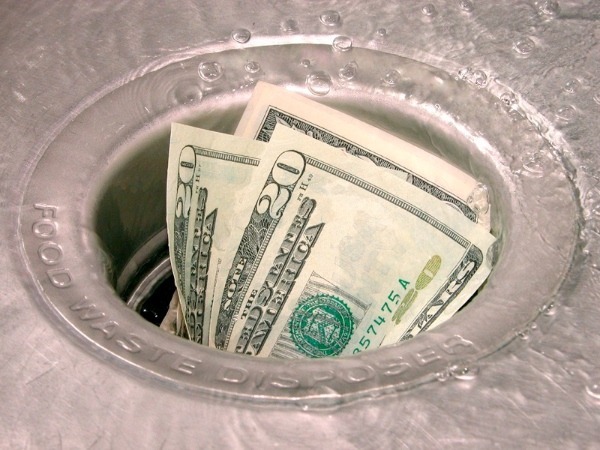

But what’s the status on pricing for those ads?
Cost per click (CPC) on Facebook has ballooned 40 percent, according to Efficient Frontier’s Q1 2011 Global Digital Marketing Performance Report. A solid barometer for the value of any given advertising space, CPC indicates how much marketers pay every time a user clicks an ad.
If marketers are willing to pay 40 percent more for ads just one quarter later, then one would have to imagine that not only is Facebook’s network of users continuing to grow, but its advertising platform is likely evolving to become even more relevant for users.
Unfortunately, Efficient Frontier doesn’t highlight whether the growth hit just a few categories or all across the board. Even more unfortunate: Efficient Frontier isn’t the only one reporting on Facebook advertising, and apparently reports vary wildly.
A nearly exact mirror image of the data above, with all the features flipped, TBG Digital reports that CPC for ads on Facebook has actually decreased by as much as 41 percent. TBG Digital, which helps companies like Dell, JetBlue and Vodafone advertise on Facebook in Europe, actually provides different CPC numbers based on users’ age, country and gender. The slightest change, for women in France, was an 11 percent decrease, but most fell in the twenties and thirties.
No sign of an increase in ad pricing anywhere in TBG’s report.
The discrepancy could be blamed on any number of complications. TBG actually manages Facebook advertising transactions, so it’s certainly trustworthy, but it also only focuses on Europe. Also, neither report says which categories it was monitoring.
Both reports arrive three months after eMarketer made its prediction that Facebook advertising would more than double in 2011 to $4.05 billion, from $1.86 billion the year before.
















